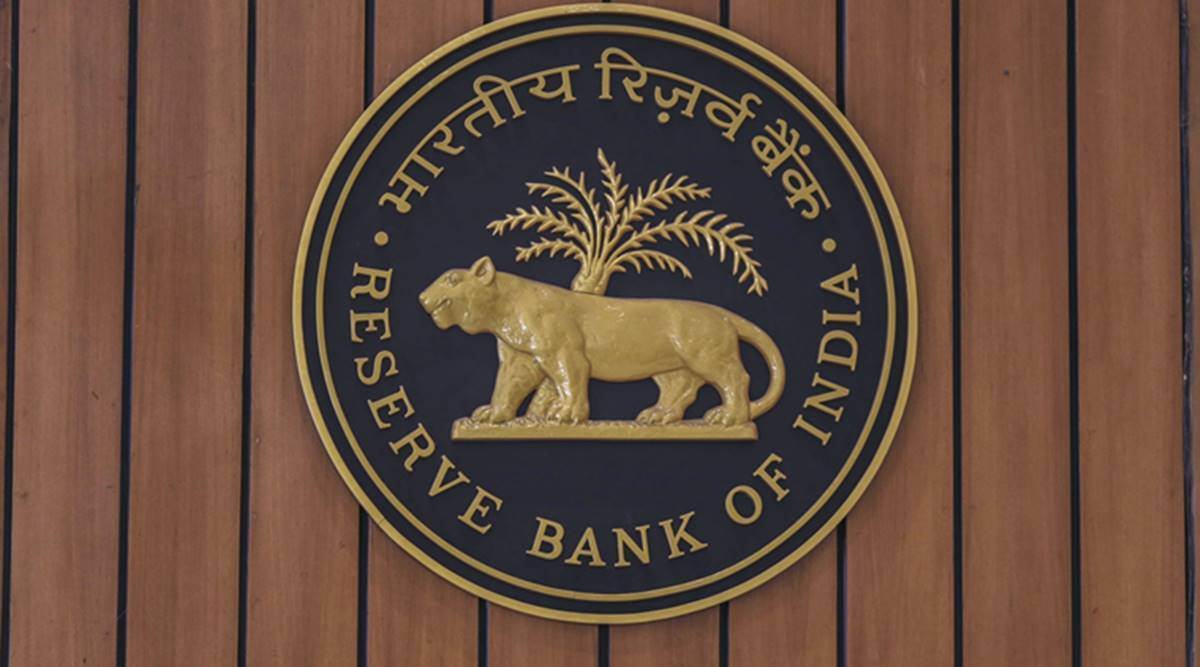The decision for the Centre to borrow instead of states and then provide back-to-back loans to states is being seen as the central government climbing down from its earlier position.
The shift in stance by the Centre Thursday to resort to direct borrowing to cover up for GST compensation shortfall happened after the Reserve Bank of India (RBI) expressed its reservations over states being asked to do so, The Indian Express has learnt. Government officials termed the new mechanism as being “administratively convenient”, with all states getting loans at a uniform interest rate, though they acknowledged that the new route was considered after the RBI showed its preference for the Centre to borrow to fund the
“To meet the GST shortfall, RBI wanted the central government to borrow, not state governments. The view has been that the Centre can borrow at cheaper rates than states, at least 50 basis points cheaper. The RBI assured the Centre that it will manage the Centre’s borrowing in the best possible manner,” a senior official told The Indian Express.
Another senior official said the RBI insisted on the Centre borrowing, rather than states. “RBI said that you better do it this way. Because then, it’s a central government borrowing rather than states doing so,” the official said.
However, a senior Department of Economic Affairs official said: “Why should RBI have any issues? In any case, states would have borrowed if they would not have got this compensation.”
The urgency to tweak the norms and put in place the mechanism for borrowing also drew from the realisation that many states are in urgent need of funds, especially since only Rs 20,000 crore has been disbursed so far, while the shortfall stands at Rs 1.5 lakh crore till July.
“States need money. Only Rs 20,000 crore has gone so far against a shortfall of Rs 1.5 lakh crore till July. About Rs 50,000-60,000 crore should reach states now,” an official said.
The threat of a legal challenge by a state also weighed in the discussions as the Centre decided to tweak its norms for Option 1 of the two offered to states earlier to bridge the deficit for this fiscal.
With Thursday’s announcement, the view in the central government is that some of the dissenting states, such as Chhattisgarh and West Bengal, might change their stance. On Wednesday, Tamil Nadu, which had opposed the options, had become the 21st state to opt for Option 1 — Rs 1.1 lakh crore through a special window — after back-channel discussions between the Finance Ministry and state officials.
Differential rates is also one of the concerns that led to the reversal of stance by the Centre, sources said. The Finance Ministry stated that this new mechanism will avoid “differential rates of interest that individual States may be charged for their respective SDLs and will be an administratively easier arrangement”.
“The differential rate issue was that the rate for Sikkim and the rate for Maharashtra are little different in the market. We didn’t want in this window that there should be any difference between different states. That is, the GoI has a particular rate, different states have different rates based on their credit profile, etc. This will ensure that there will not be an interest rate differential between state A and state B,” a senior Finance Ministry official said.
Explained | How the LTC cash voucher and festival advance schemes will benefit you
The decision for the Centre to borrow instead of states and then provide back-to-back loans to states is being seen as the central government climbing down from its earlier position. But it will technically have no impact on the Centre’s fiscal deficit as the amounts will be reflected as capital receipts of state governments and as part of financing of its respective fiscal deficits.
? The Indian Express is now on Telegram. Click here to join our channel (@indianexpress) and stay updated with the latest headlines
For all the latest Business News, download Indian Express App.
Source: Read Full Article


